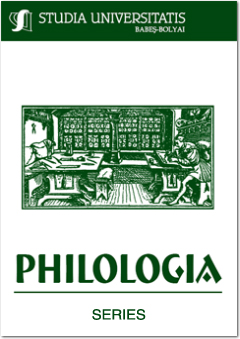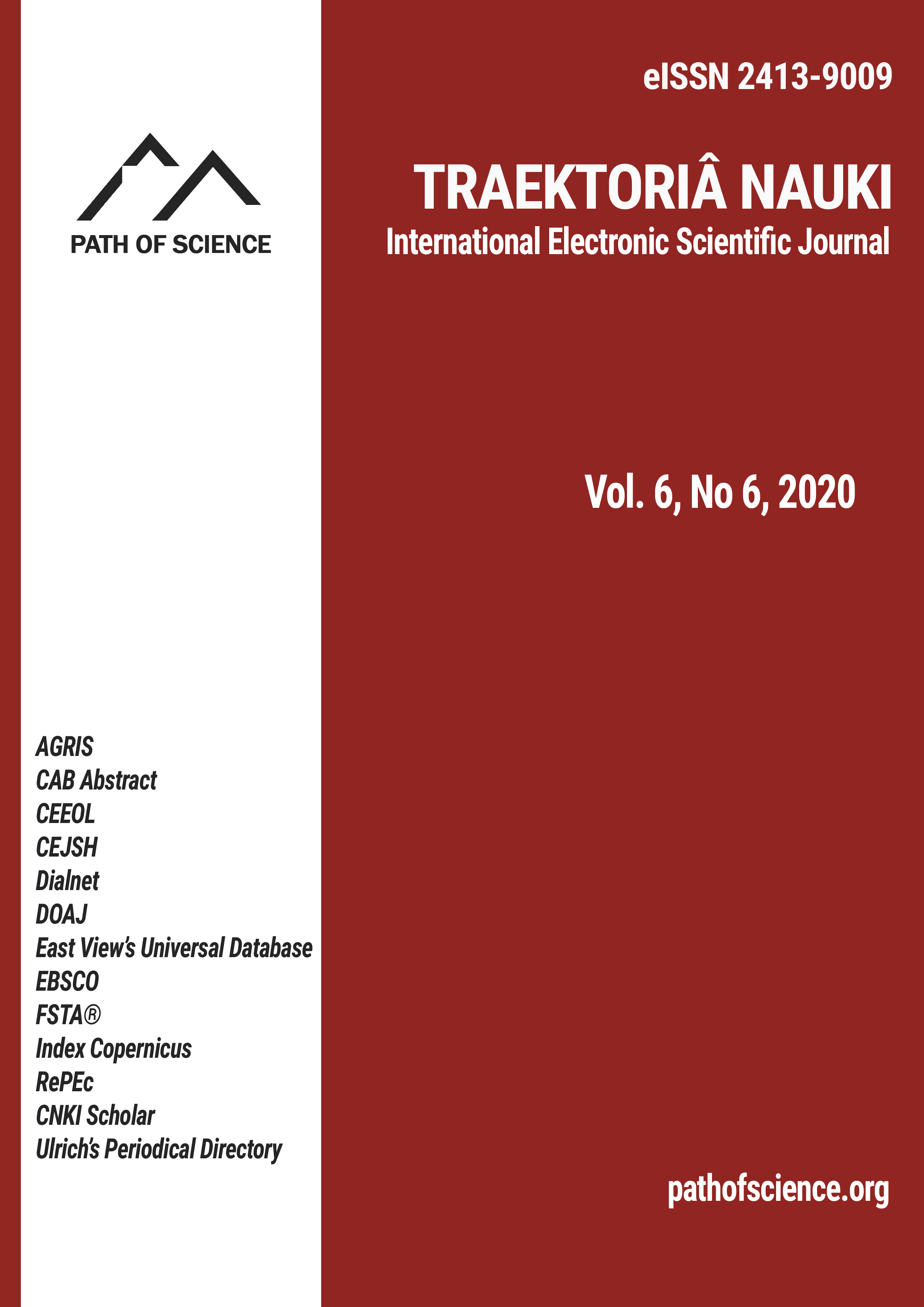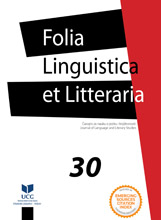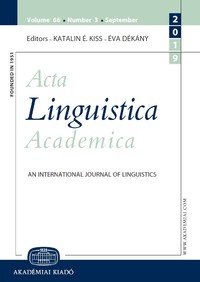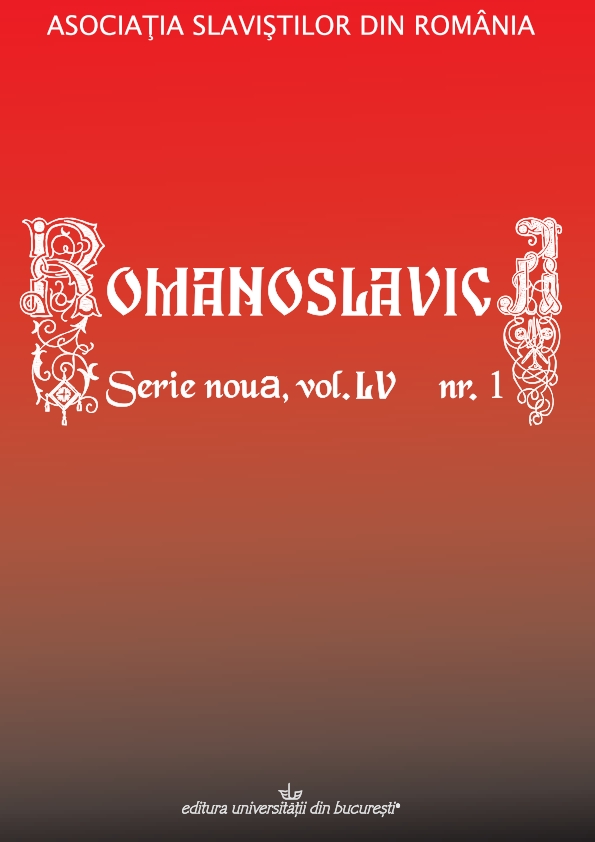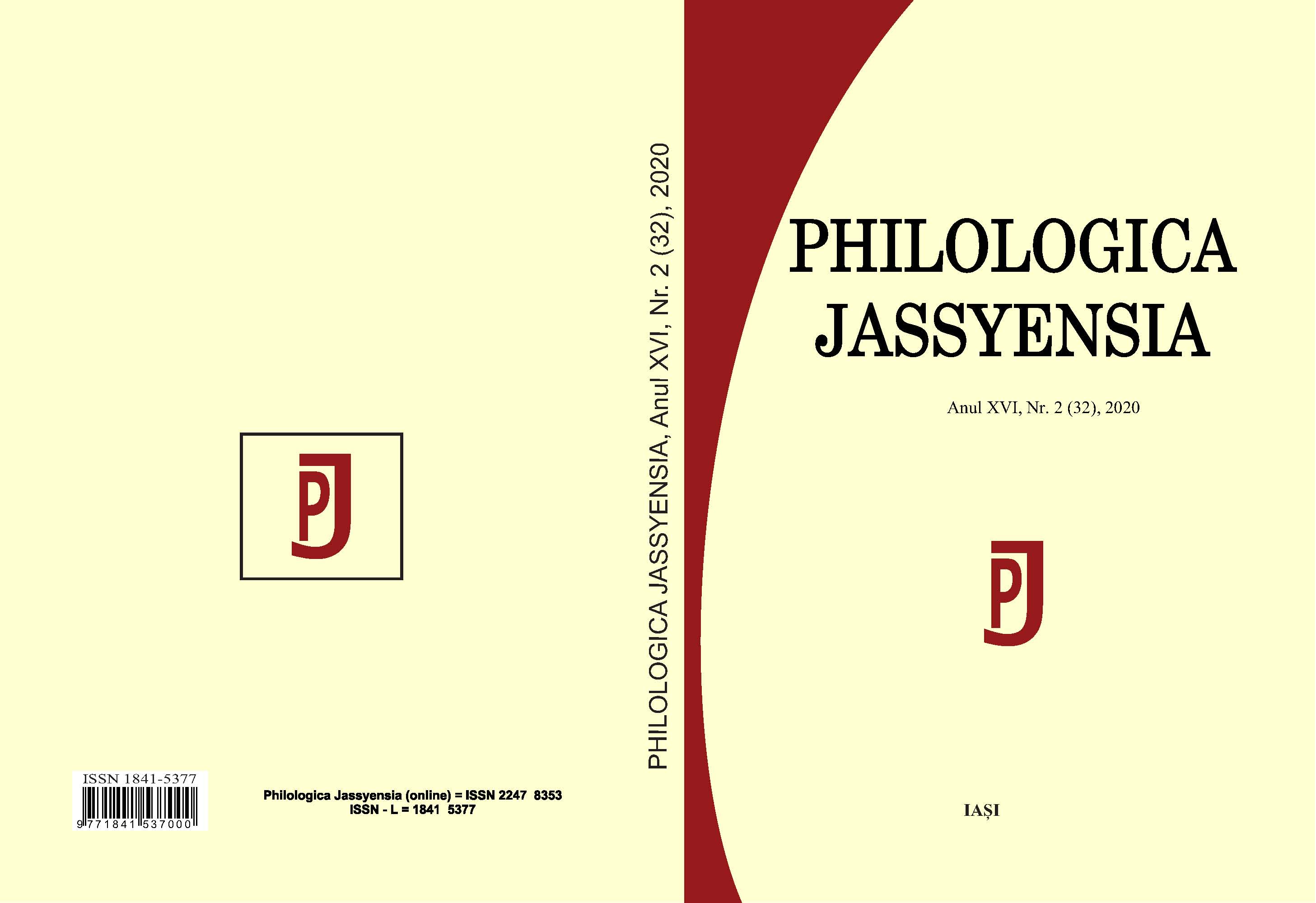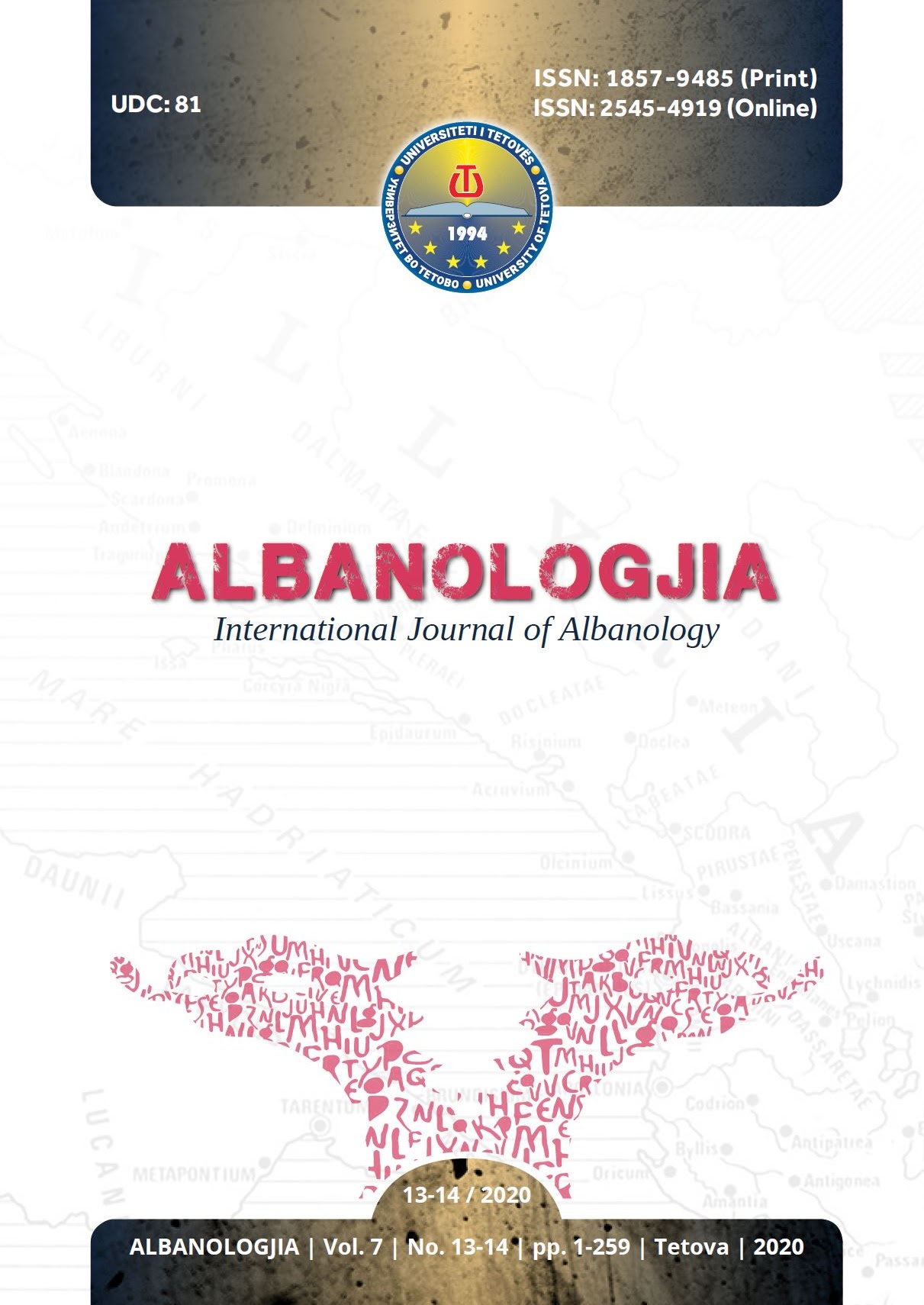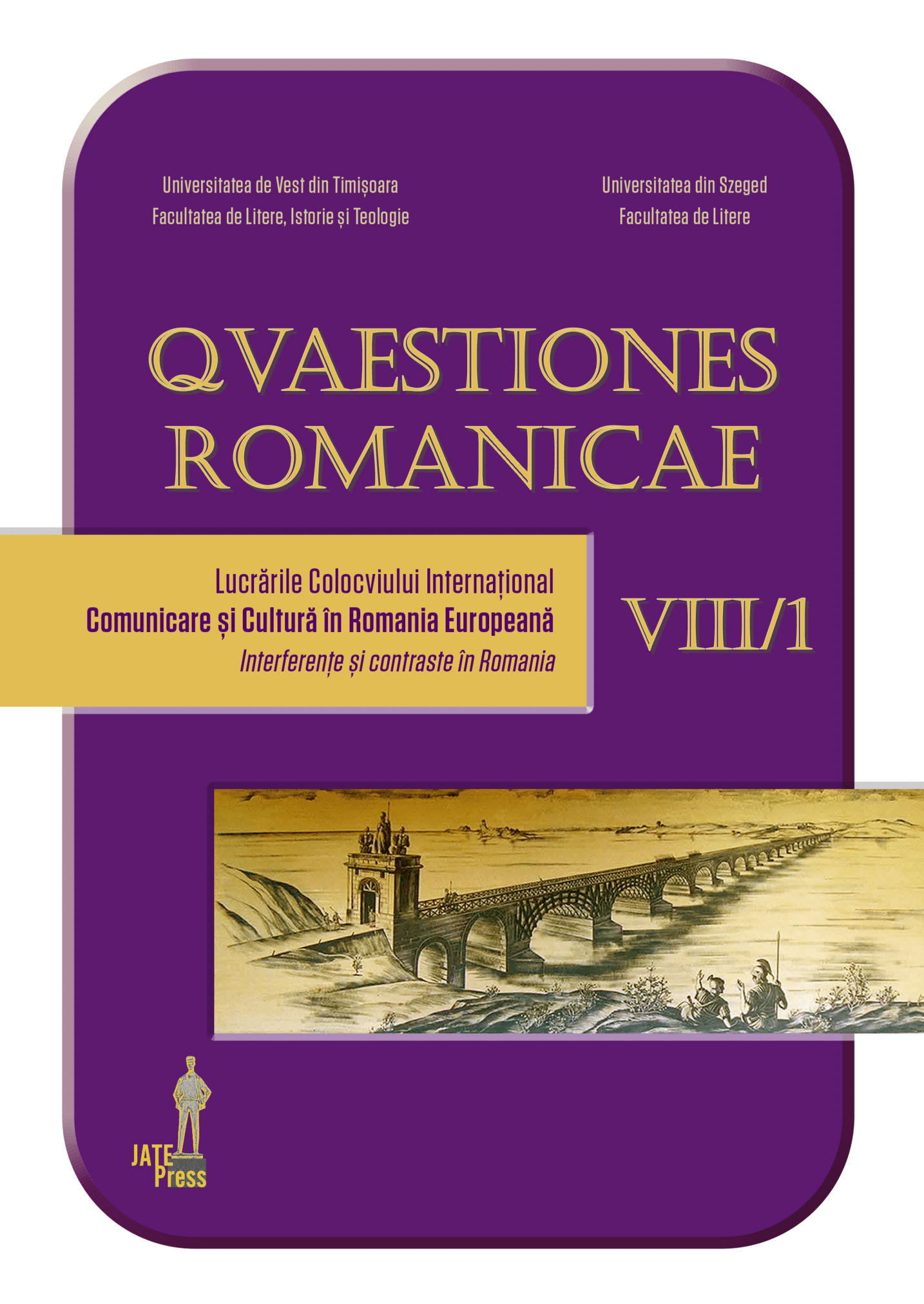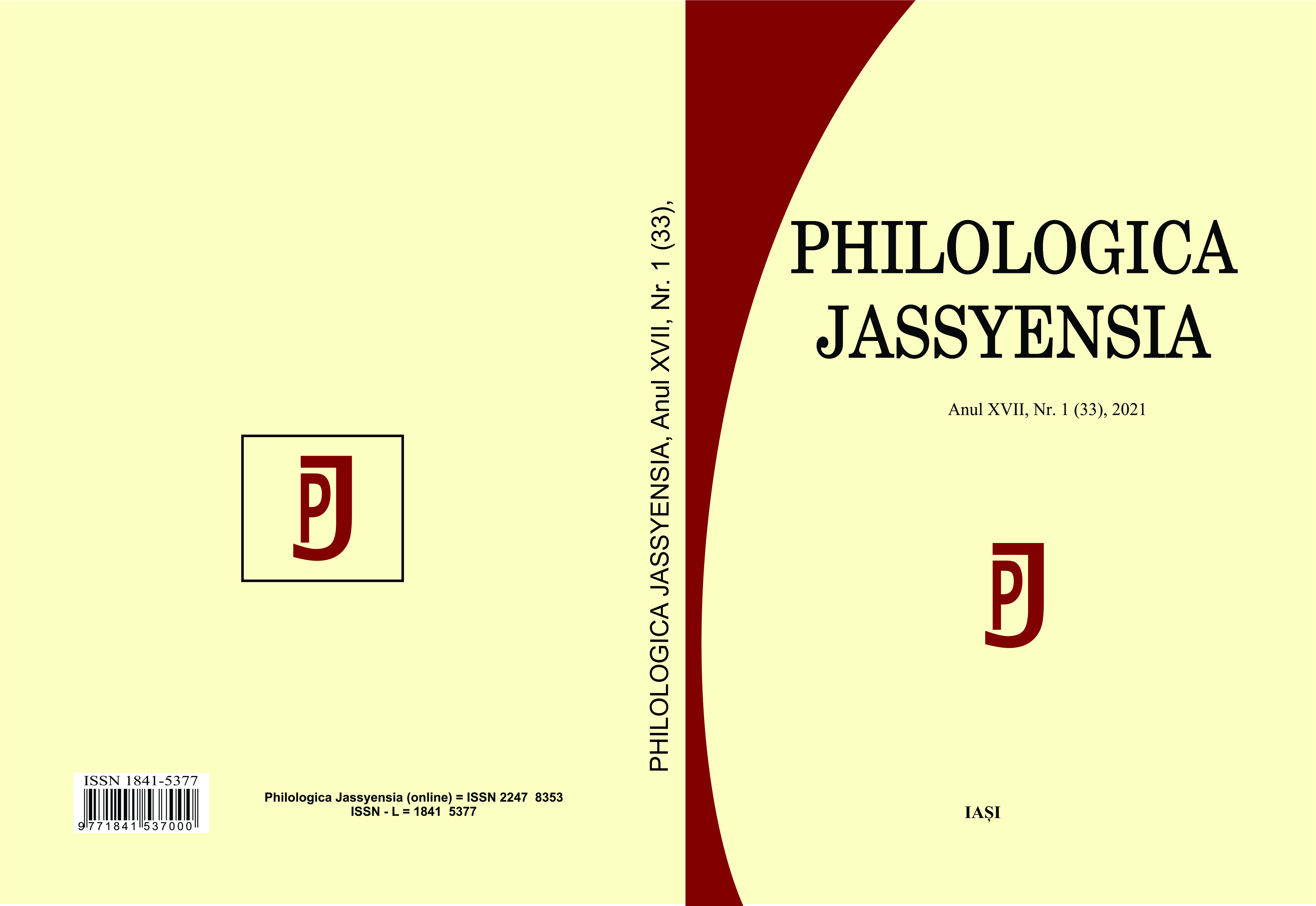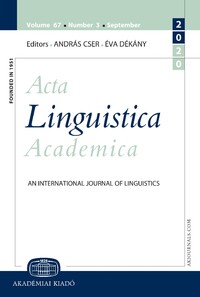Осврт на топонимију невесињског села Удрежња
The paper deals with the microtoponymy of Udrežnje, a village in East Herzegovina, situated in the southwestern part of the karst field of Nevesinje. The materials collected by field work, more than 700 items in total, are presented and subjected to both semantic and structural analysis, which showed a picture similar to that resulting from the former research in the same region (Površ Trebinjska, Donji Borač, Morine, Biograd). The naming after physical features, i.e. by topographic terms, prevails, and the second most numerous group consists of names motivated by the human activity, that reflect both material and spiritual culture of the population. From the point of view of word formation, most of the names are either monolexematic or attributive syntagmas; the former can be underived (Dô, Dola ‘dale’) or derived (Dolina ‘valley’, Kovačevac ‘Blacksmith’s place’), the latter descriptive (Krivi dolovi ‘Crooked dales’) or possessive (Milenkov do ‘Milenko’s dale’); rarely a three word combination of the two types occurs (e.g. Milenkovi Krivi dolovi ‘Milenko’s Crooked dales’; Gornji / Donji Kovačevića do ‘Upper / Lower dale belonging to the Kovačevići family’).
More...
